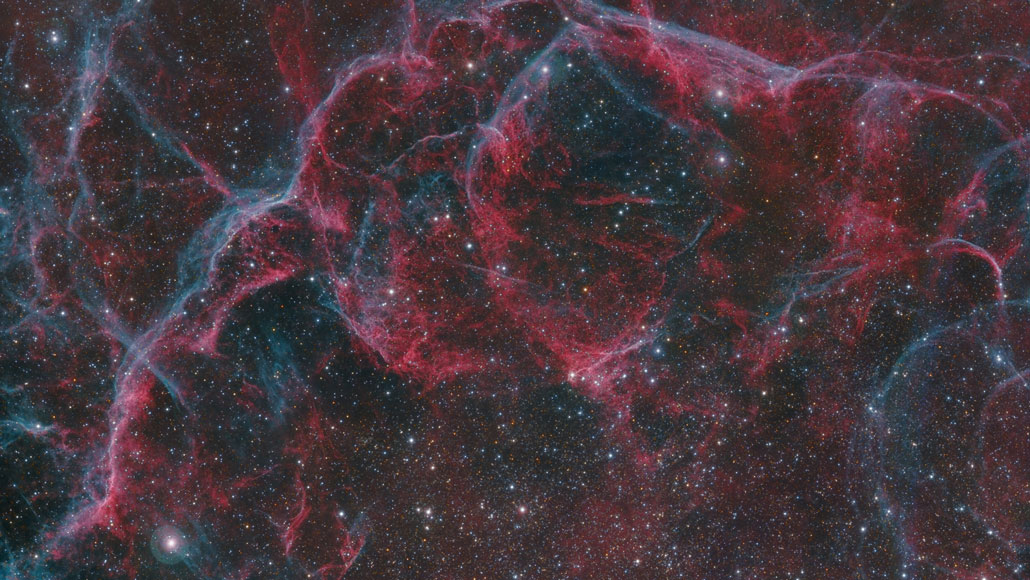
SUPERNOVA SNOWFALL Scientists have found a fingerprint of exploding stars, or supernovas, in Antarctic snow that fell within the last 20 years. Here, part of a supernova remnant, Vela, is shown.
Harel Boren/Wikimedia Commons (CC BY-SA 4.0)

SUPERNOVA SNOWFALL Scientists have found a fingerprint of exploding stars, or supernovas, in Antarctic snow that fell within the last 20 years. Here, part of a supernova remnant, Vela, is shown.
Harel Boren/Wikimedia Commons (CC BY-SA 4.0)